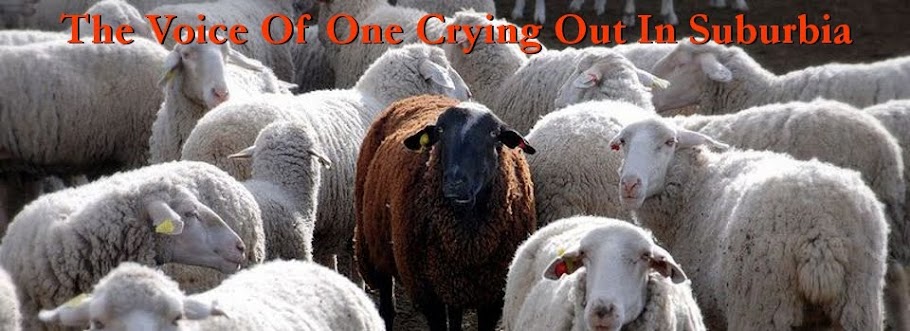Comes from Alan Knox as part of a synchroblog on those who are marginalized. His post, Naming the Marginalized, explores how we look differently at those in the margins of society when they have names and faces and are not just a concept:
You see, it’s one thing to care for “the sick,” but it’s something completely different to care for Tina. It’s one thing to care for “the homeless,” but it’s something completely different to care for Charvin. It’s one thing to care for “the widows,” but it’s something completely different to care for Peggy. It’s one thing to care for “single mothers,” but it’s something completely different to care for Shonna.
We can say that we care for “the marginalized,” but never get to the point where we actually no someone who is marginalized. We can even give money to help “the marginalized,” but in fact, we’re actually paying someone else to care for individuals for us. And, unfortunately, from experience, I know that often that money does not actually help individuals, because they are often treated as a group. (Don’t get me wrong. I’m not saying that we should give money to help groups. I’m saying that we shouldn’t stop there.)
It is only when we get to know the person, to hear their story, to learn about their struggles and pain and hopes and fears… it is only at that point that we will know who to love them and serve them. We love and serve people when we are no longer caring for “the marginalized,” but we are caring for Benny, Belle, May, Creston, Cathy, and Jimmy.
If you want to begin to see through the eyes of the marginalized – to truly understand their life and their plight – then begin by getting to know their individual names, and listening to their individual stories.
Ignoring "the poor" is easier when they are just some amorphous concept. When the poor have names and faces and real stories, it is much harder to forget them.

1 comment:
How very very true!
Post a Comment